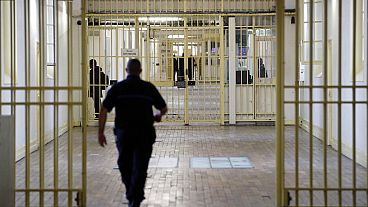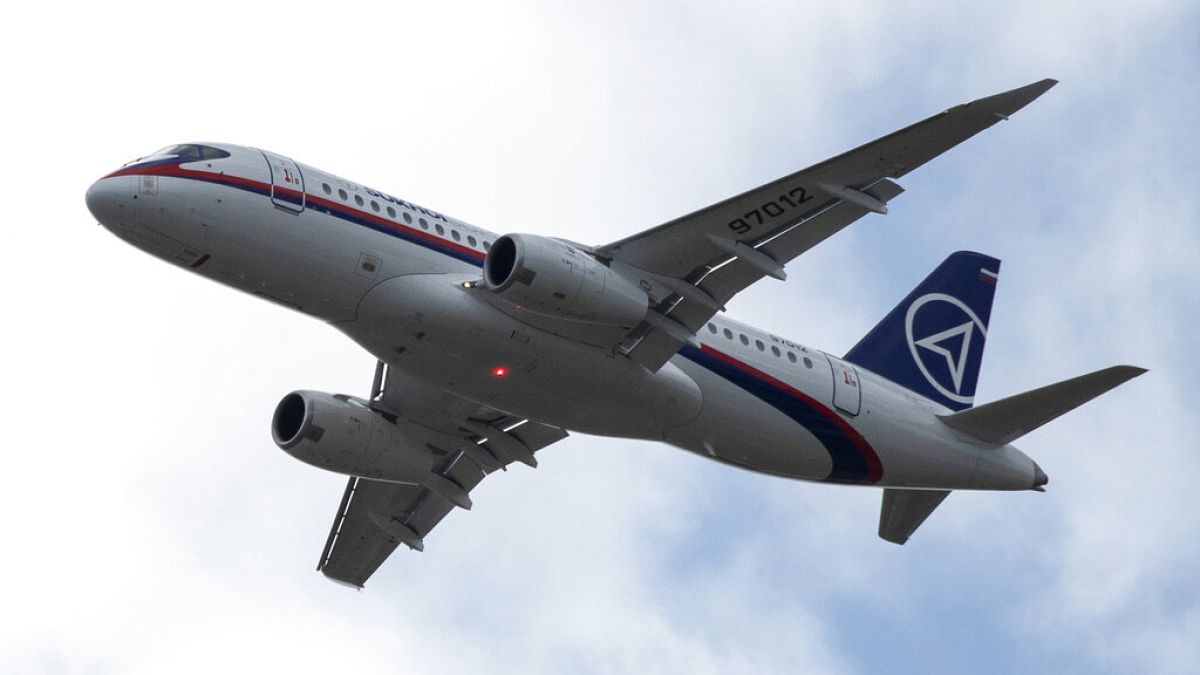According to emergency officials, the cause of the crash of the Superjet 100 (Sukhoi Superjet 100) in the Kolomensky district of the Moscow region could be the simultaneous failure of two engines at once.
Authorities in Russia say the crash of the Superjet 100 (Sukhoi Superjet 100) in the Kolomensky district of Moscow could have been caused by a "simultaneous failure of two engines."
This is according to an unnamed source in the operational services, quoted by the Russian news agency TASS.
The plane could have crashed due to “engine failure or some kind of malfunction".
Most likely, the reason is “technical,” but other versions will be checked, including the actions of the pilots, the TASS news agency added.
The passenger jet crashed Friday near Moscow while flying without passengers, killing its crew of three.
According to emergency officials, the jet plummeted into a forest near the village of Apraksino, about 90 kilometers (55 miles) southeast of the Russian capital.
The plane belonged to Gazprom Avia, a carrier owned by the Russian state-controlled natural gas giant Gazprom.
Gazprom Avia said the plane took off from an aircraft-making plant at Lukhovitsy, 110 kilometers (68 miles) southeast of the Russian capital, where it had undergone repairs. It was heading to Moscow’s Vnukovo airport when it crashed eight minutes after takeoff.
The cause of the crash wasn’t immediately known, but some Russian media reports indicated that both of the plane’s engines may have failed, probably because of birds getting into them on takeoff.
The Investigative Committee, the country’s top state criminal investigation agency, has launched a probe into the crash.
The Russian-made Superjet 100, also designated SSJ100, was hailed by Russian officials as a major achievement for the country’s civil aviation industry when it went into service in 2011 but has since had a patchy safety record.
In May 2012, a Sukhoi Superjet 100 slammed into a dormant volcano during a demonstration flight in Indonesia, killing all 45 aboard.
The investigation revealed that the crew was unaware of high ground and ignored signals from the terrain warning system while flying in thick clouds.
Another Superjet crashed at Moscow’s Sheremetyevo airport in May 2019, killing 41. It was struck by lightning and made an emergency landing shortly after takeoff.
The probe blamed the pilot, concluding that he landed the plane heavy with unburned fuel at excessive speed, resulting in a rough touchdown that sparked a fire.
Ever since the plane entered service, it has also been dogged by malfunctions and high maintenance costs that have made many Russian carriers reluctant to buy it.
Russia’s ambitious attempts to widely market the plane abroad have largely failed, and the few foreign customers have phased Superjets out of service.












